5 things every Collage Artist Needs
I am a collage artist because I was born that way. I want to cover the world in scraps of paper, pieces of ephemera, tissue paper and painted backgrounds. iHanna
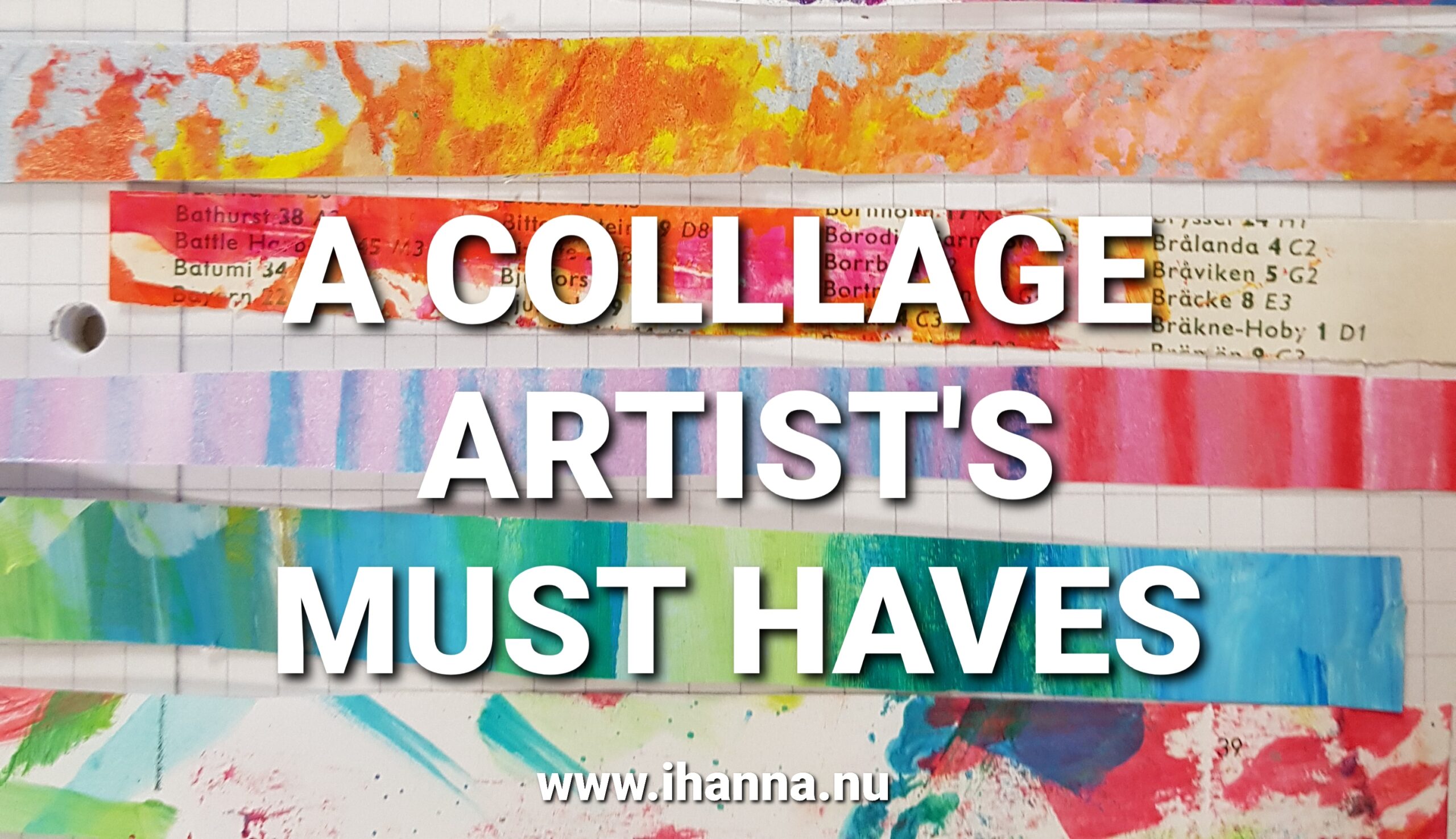
Creating collages is one of my favorite things to do when it comes to being an artist! I love it and all the things it entails, from collecting images and papers to gluing it all together. I create collage artwork to hang on a wall but also the more “for fun” collage pages in my art journal. Both are valid activities for me personally. I also collect inspiration that I cut and paste in different notebooks. I have two years of 365 collages under my belt (and beyond) so far – and I continue to explore collage all the time, which means I have created quite a few collages through the years!
COLLAGE ARTIST MUST-HAVES
You can cut and paste in many different ways, but what ever form you enjoy you should always start with what sparks joy to you! Also, to make a collage, you need a few simple things – so let me list them out for you here so you can get started too!
1. Glue stick
To create a paper collage you need a easy to use glue, and to me there is nothing better than a trustworthy glue stick. Not all glue sticks are created equal, and cheap ones are not worth fussing with. My favorite right now is Uhu glue stick (yellow holder) but Pritt glue stick can also work well. I buy mine in bulk, like Uhu 12 pack for example. Just make sure you grab the large sticks, 40 grams, and not the 11 grams or what ever they’re at, because those won’t last very long at all.
I use a glue stick all the time, for everything. But for really thin paper (like tissue paper) a wet glue applied to the substrate is better, and then I use gel medium. And for heavy pieces of paper (like bits of cardboard boxes) you might need something that will really hold that bit down, like double sided tape that is sticky enough or wet regular white PVA glue if you substrate can take it. With experience you’ll learn what papers is best to use too, but we’ll get to papers in a bit.
2. Scissors
Scissors is a more personal choice, and a lot depends on what feels comfortable in your hand. Just make sure they are sharp and makes a clean cut every time. There’s nothing more annoying than a scissor that is blunt or sticky, which is why you also should keep them clean and avoid cutting into double sided tape that will stick to the blades for ever. Yuck!
Pick a good quality scissor if you can, most agree that Fiskars is a great brand to use. I like having two scissors on my table when I work, a bigger one that I use to cut long, straight lines or background papers, and a smaller one for details and fussy cutting.
Also, I don’t mind if my scissors are pretty. I have pairs where the blades are polka dotted, which makes me more likely to pick them up over the other plain ones.
3. Substrate
Substrate is the piece of paper that you glue your bits down on. It can be any heavy weight paper, card-board, a cut to size cereal box, or a page in your journal – or even a canvas or wood board if you have those at hand.
The thinner your substrate is the more you’ll encounter it warping when you use it for collage, but if you don’t mind that you can work in any notebook or on copy paper even. It might get bubbles, but if you press it under heavy books it will flatten (a bit) with time. It all depends on what look you want, how much money you want to spend on your canvas and where the collage is going to end up. If you’re selling your art work you will want to use an archival paper that will look good in a frame, showing no wrinkles or bubbles when you’re done. The smoother the better it will stick down, so keep experimenting!
Anyway, what ever paper substrate you pick, you’ll learn how to work with it as you go along.
For my latest 365 collage project for example, I used a target practice square paper that was perfect in size and weight for my project. Letting it show through at times was fun and that might also be something to consider. Will your substrate peak through in your finished work – pick a color or texture that you like and that inspires you to keep going!
4. Collage fodder
You need some papers or scraps to build a little stash of collage fodder to use. This is great to have but even more fun to collect. And once you start keeping an eye out for fun papers to use, you’ll find them everywhere.
I’d say: save as much as you feel you have room for. You never know what you might “need” later on.
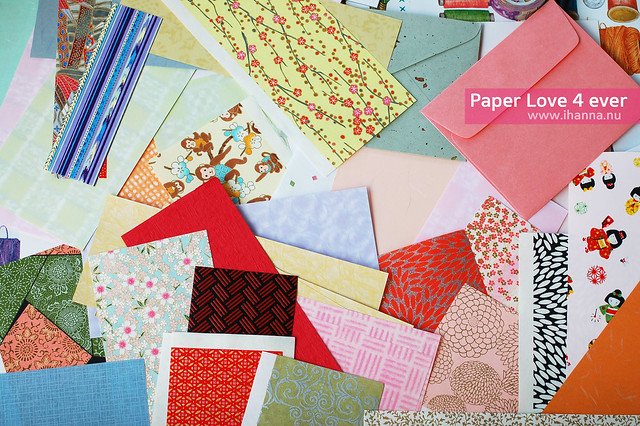
Here’s just a quick list of things (that is mostly free) to start stashing away for upcoming collage adventures:
- magazine images
- newspaper text for backgrounds
- images from cheap, thrifted books that you don’t mind cutting into (it’s okay to do this)
- wrapping paper from people’s birthdays
- candy wrappers, paper bags, bread bags, brown paper
- security patterned envelopes
- pretty postal stamps torn from your mail
- images from catalogs or brochures
- napkins and tissue paper for semi-transparent layering
- printing copyright-free images from the internet or collage sheets
You might also raid your desk drawers for stickers, old photos, stationary and saved ephemera that you could use in your art journal or next collage art piece. The possibilities really are endless here.
Of course then there are also the fun of bought things like specialty papers and scrapbook papers, but I would suggest that you start with what you can find for free at home. Let’s not go overboard with spending lots of money at once, in case inspiration doesn’t strike…
5. Inspiration – or the urge to start
Then the fifth and last thing you need to get going with collage, is inspiration in some way. Maybe you already have it and that’s why you’re reading this list – maybe you don’t know where to start at all? I have many ides to share with you in that case, see my lists below to get you started.
Inspiration is such a yummy thing, but when it doesn’t come, it is hard to get started… It might be that you just have the urge to simply start, or you might need a wee push, maybe in form of a collage prompt, an inspiration book (see my suggestions below), looking at what another artists are creating, a video tutorial or even a collage workshop. When you find what inspires you, get started as soon as possible and see what happens.
Inspiration can be found in lots of places and collected into notebooks, pinned to mood boards in real life or on a Collage Pinterest Board for example, but the most important thing with inspiration is to act on it. Don’t just collect it for ever and sit in ave of all the cool things other people have come up with. Use it, and start your own thing!
Art Journal Collage Ideas to try
Here are a few ideas to get you started with collage that I’ve done in my own Art journal practice, just to give you a few starting of points:
- Art Journal Collage time – video of how I cut and paste
- Teesha Moore inspired art journal pages
- Christmas wrapping paper collage
- Junk journal collage with iHanna
- Warm up collage book idea
- Collage with strips of paper
Note that these are just a few blog posts from everything I’ve shared, and there is a huge treasure-trove of other ideas, images and posts in the archive!
Just click around in the categories listed in the sidebar to find all posts in art journaling, book binding or things I’ve created with or in notebooks, just to give a few examples of places to dive into.
iHanna’s Art-work Collage
- Security envelope collage artwork
- Working with black and white in collage
- Collage on an index card – video
- Collage with one repeated image used in different ways
- Collage with text – using typography as your collage fodder
- Fun Prompt: Create on a theme
And as far as books about collage goes, my favorite is The Collage Workbook by Randy Plowman, and few others that I find inspirational and useful for getting started:
These are my essentials when it comes to collage. I hope it inspires you to give collage a try, or maybe you’re already a seasoned collagist? If so, let me know below what your absolute favorite material or tool for collage is right now!
Being creative is not always easy, but it’s easy to get better at it if you give it time.
Idea, time and Inspiration
Gather your tools and papers, then start. And the Start needs to consist of a place to sit, a time when you can do it, and an idea or some inspiration, as mentioned above. But I think that the most important thing is to sit down at your table and to just start, so maybe number five is not about finding inspiration but to start! Perhaps we’ll call it “the urge” to create something and then following through!
I like to start by going through my scrap inbox to see what’s in there, maybe creating a warm-up collage to then use what I have at home or already bought, and finally I love getting started by going through my stash/papers, just letting “what I already have” inspire my first pick, then letting that piece of paper inspire what I glue down next. In an intuitive way collage is born.
One of my favorite ways to start is simply by Sorting – it always gets my creative brain going and whirling, without having to look outwards for external inspo.
I hope you’ll give collage a try if you haven’t already!
Discover more from iHannas Blog
Subscribe to get the latest posts sent to your email.

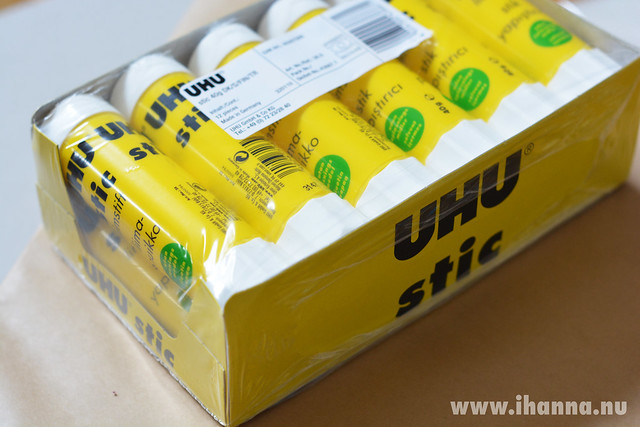
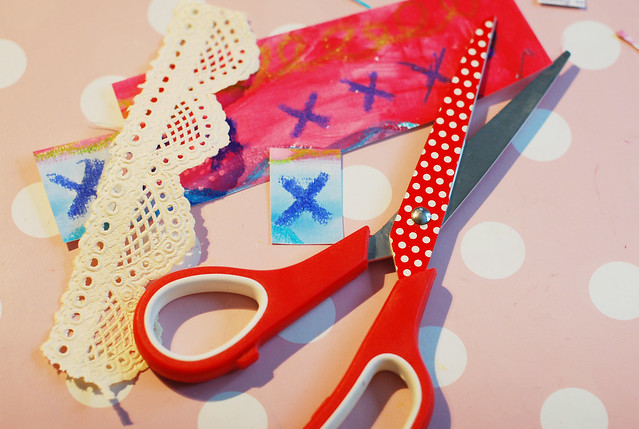


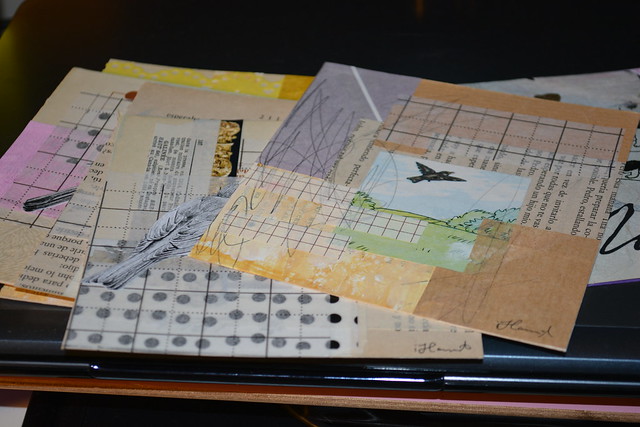
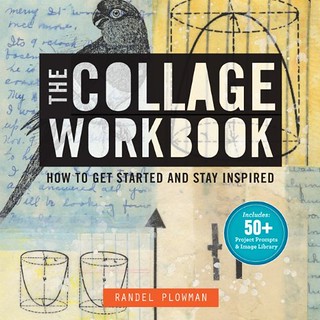
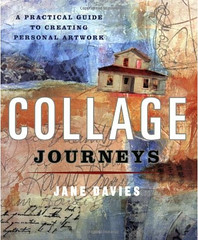
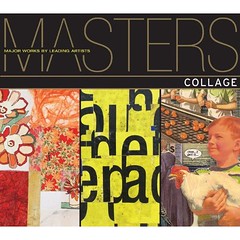

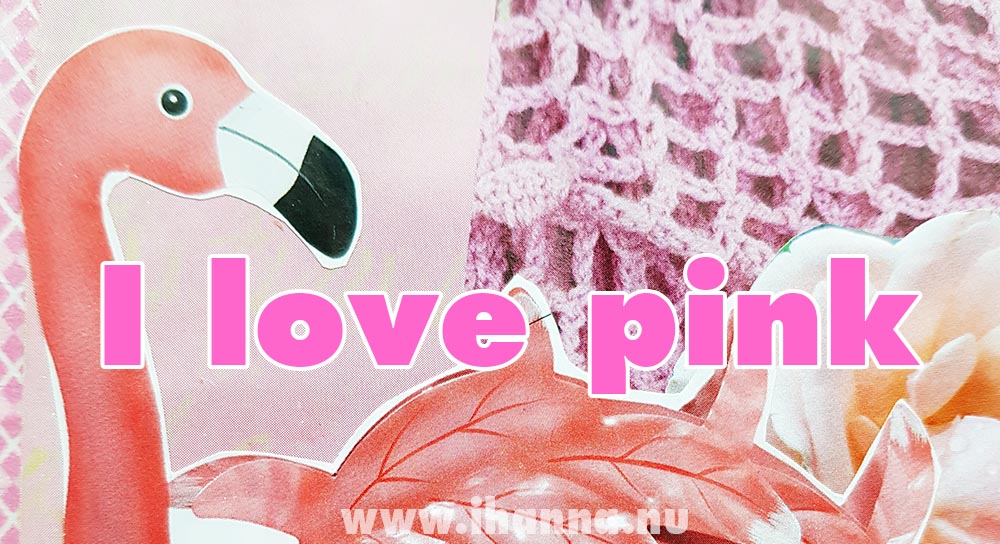
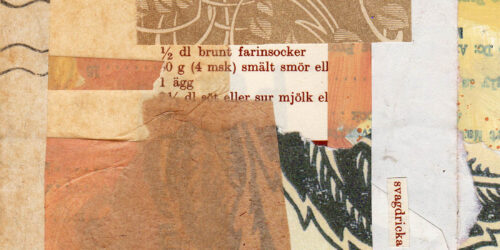
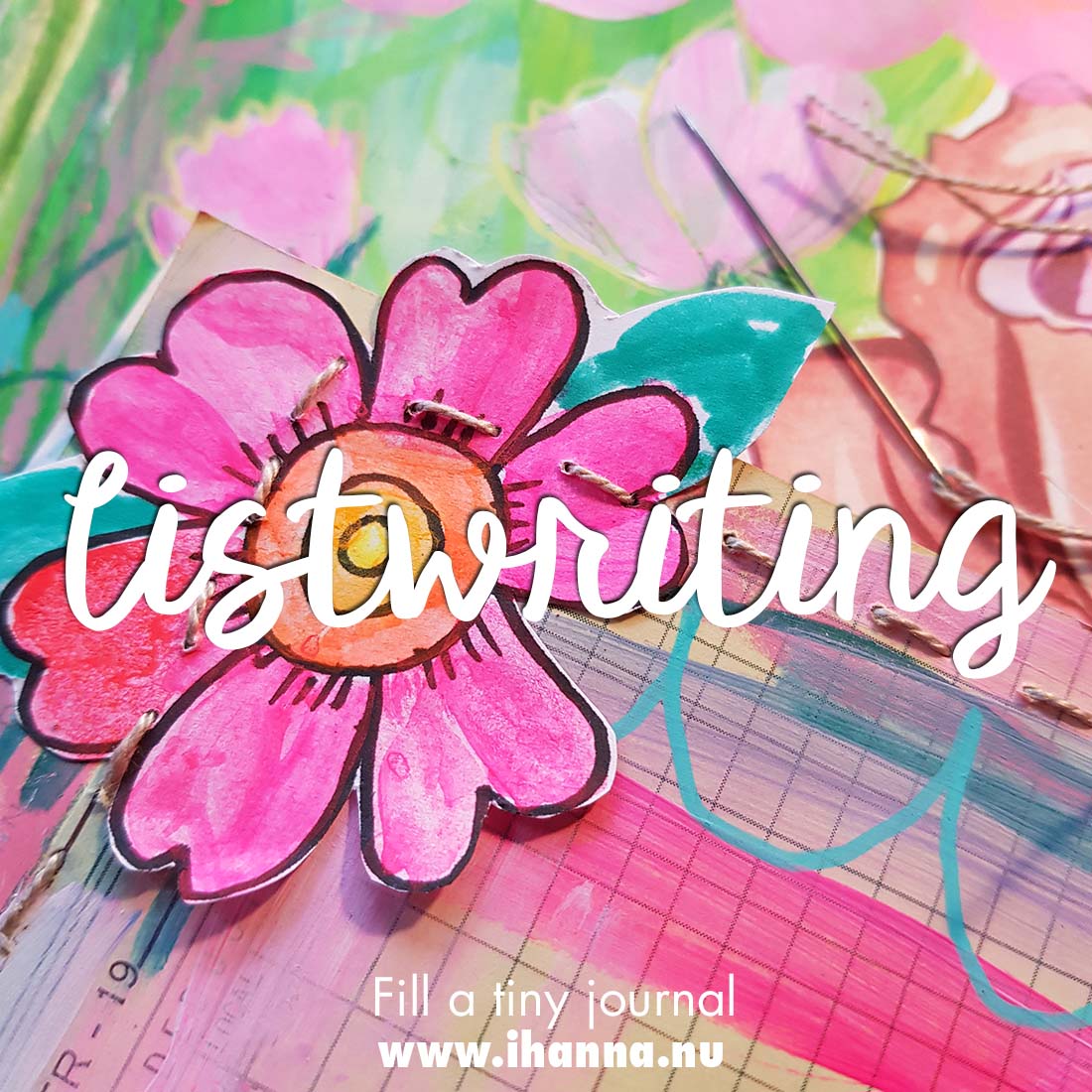
Such a fun post, Hanna! As a fellow collage artist I really enjoyed this post and will check out some of your links. I’ve been doing a 365 collage challenge this year, using a simple floral shape that I trace and cut out of various substrates, then collage away. It’s been fun!
Your project sounds soo fun, thanks for sharing. My 365 something/collage! project is really not doing well, but I’m doing other stuff instead so that’s okay too. :-)
As always, you make lovely posts on this beautiful blog of yours. Hugs from the USA!